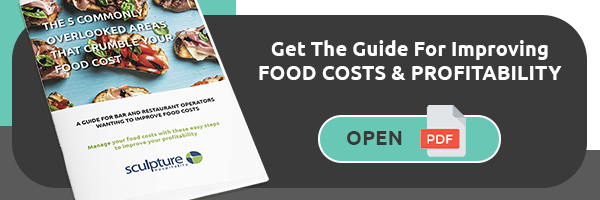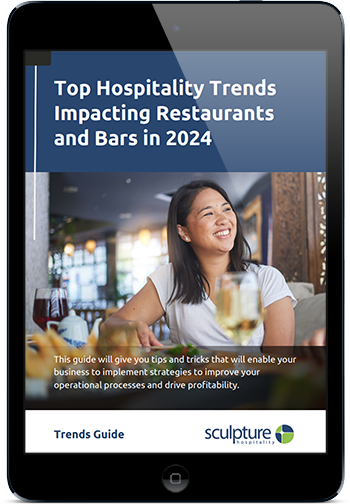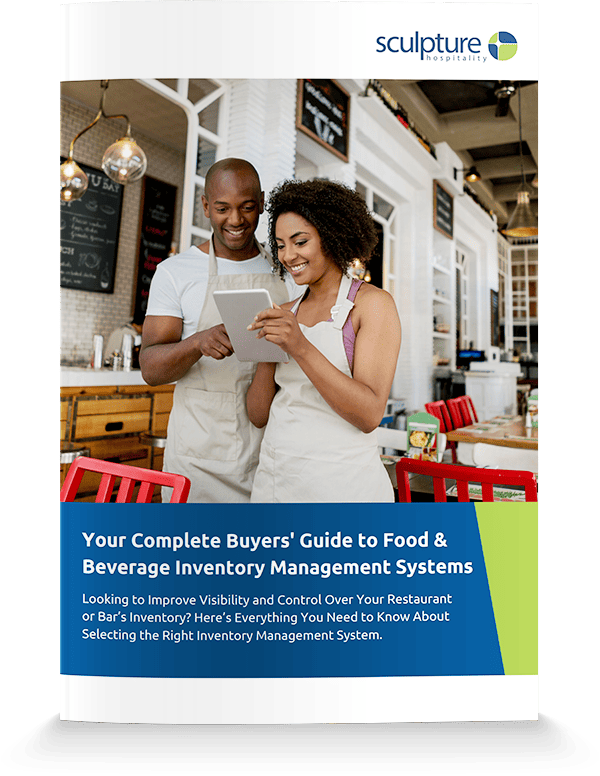The most successful restaurants all have world-class dishes, fantastic staff members, acclaimed drinks menus, and Instagram-worthy venues - all part of delivering the most amazing customer experience.
What the public doesn’t see is the stress, sweat and tears that go into the internal operations of the business. From managing customer data, engineering menus, ordering products, managing inventory and balancing labor demands, the key to any successful restaurant starts internally.
In fact, the very foundation of any successful restaurant starts with its finances. If your restaurant doesn’t have control over its books, it’s time to change that.
This is particularly important when looking at the high failure rate of new restaurants. 60 percent of restaurants don’t make it past their first year, as published in FSR Magazine, and 80 percent go out of business within five years.
To buck this trend, it’s crucial that your restaurant focuses on the sustainability of the business long before it begins working on customer-focused initiatives that push your restaurant to the next level.
The single most important aspect of running a successful restaurant is fully understanding, and having complete visibility and control, over your finances.
With that in mind, this blog will take a look at how you can manage your restaurant finances like a pro to ensure you maximize your cash flow, understand your costs, lower expenses and build a strategic plan for the future.
Understand and maintain your cash flow
The simplest definition of cash flow is that it’s the cash coming in and going out of your restaurant. This is the most basic part of finance that any business owner (and manager) needs to know to create a successful and sustainable company.
To ensure your restaurant is financially sustainable, you must know exactly how much is coming into your business and how much is going out. The simple equation of cash in - cash out = cash flow will allow you to determine that number.
To ensure cash flow, you need to properly budget for upcoming expenses such as rent, mortgage, utilities and food orders. You should also take into account that your business might need cash on hand for surprise expenses that may suddenly come up.
Once you fully understand the basics of your cash flow, you can then start to look at some of the internal processes that affect it. How you manage your inventory, using your point-of-sale system (POS) to track sales trends, projecting future sales and payroll (among many others) all impact your month-to-month cash flow.
Manage your food and beverage inventory
Accurately managing inventory is one of the most effective ways for restaurants to save money and improve their cash flow. Despite that, many restaurants are still struggling to gain control and visibility of their inventory - using manual and time-consuming methods to complete their counts.
Using an inventory management system for both food and beverage will help your restaurant save money, improve ordering decisions (no more over-ordering and spoilage!), give you visibility into where you are wasting money, make more strategic menu choices and a wide range of benefits that improve how profitable your restaurant is moving forward.
Review your restaurant’s finances on a daily basis
Due to the busy nature of the restaurant industry, many restaurateurs fall into the trap of infrequently looking at their finances. Reviewing your finances should be an ongoing process, not something you take a look at once a month to double-check whether it’s on track or not.
For a truly effective financial plan, take the time each day to track food and beverage sales on a daily basis, and then take a deeper look into your finances each month. A daily business review will help you plan strategically for the future by being able to look back at insightful analytics such as payroll costs, number of customers, sales trends and much more.
Manage labor costs
Alongside your inventory, one of the largest expenses for your restaurant is labor costs - which are typically around 25 to 30 percent of a restaurant’s total costs. Managing your staff members can be particularly tricky, as understaffing can lead to lost customers while overstaffing leads to wasted money.
Staying on top of your labor costs and how they affect your cash flow is the single most important thing you can do. This will allow you to strategically analyze how your labor costs are performing and whether there’s an underlying issue to your finances.
Remember, it’s important not to scrap the barrel with your staff. They are by far the most important investment your restaurant can make. Some simple best practices to reduce staff turnover and improve the employee experience can significantly reduce your labor costs.
Looking for more advice on how your restaurant can sustainably manage its finances? Contact Sculpture Hospitality today. Our team of hospitality experts have first-hand knowledge of how inventory management processes and other expenses can impact the success of your business.








